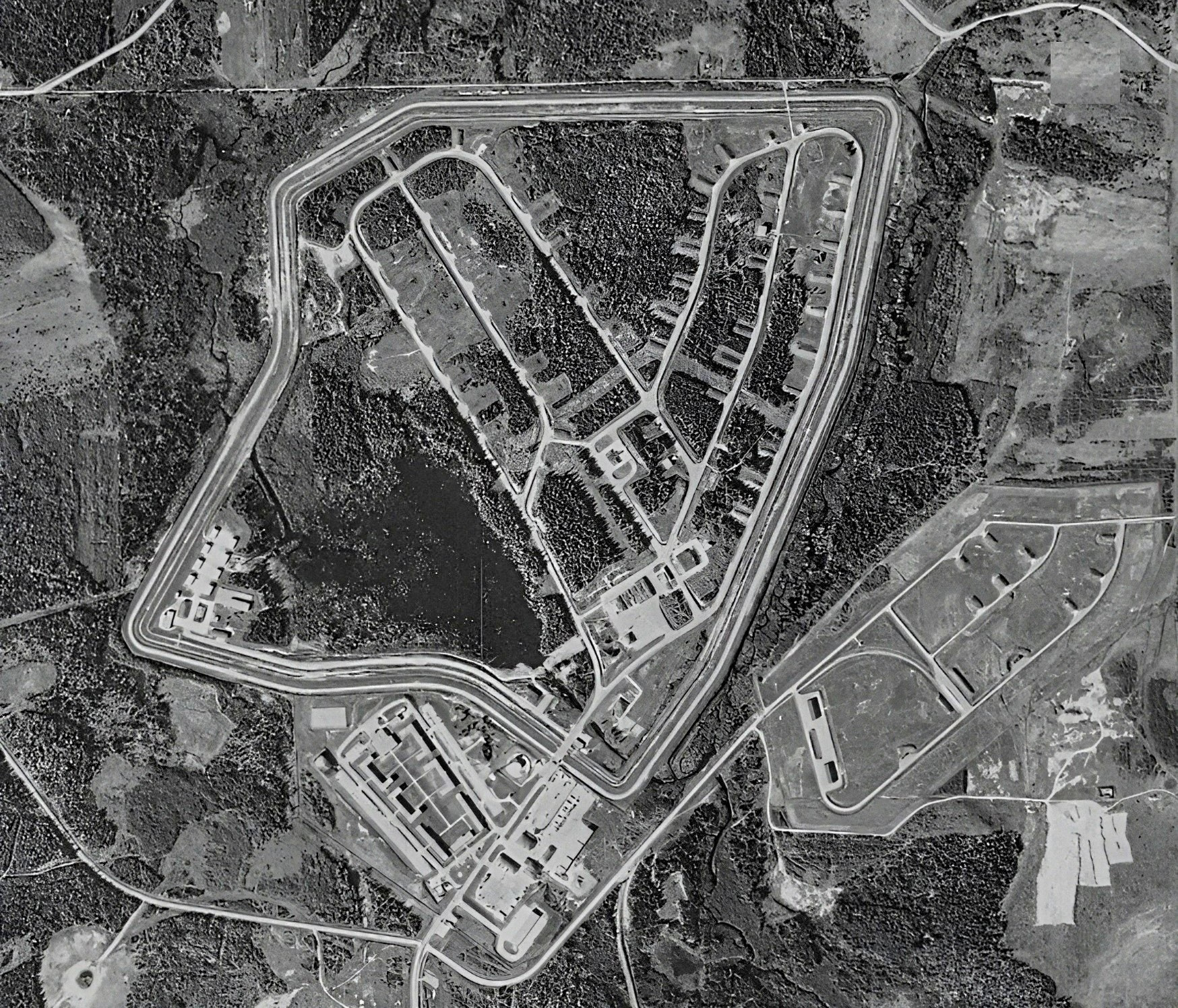The "Q" Areas
The original concept for the storage of atomic weapons was to construct and operate only three national stockpile sites. In the event of a full-scale deployment of atomic weapons, aircraft at selected Strategic Air Command (SAC) bases would need to travel to a national stockpile site to be armed with nuclear weapons, then proceed to its target. The time required to accomplish this led SAC to estimate that it could not penetrate Soviet radar with a mass strike force in less than 36 hours. The escalated Cold War tensions with Communist nations combined with the invasion of South Korea by the Chinese-backed government to the north, made it clear that an alternative solution was needed.
The Operational Storage Sites, located within the United States and at bases hosted by European allies, reduced the time needed to get planes in the air to six hours; eventually, with the development of the ready-alert concept, that time would be reduced to 15 minutes. The Armed Forces Special Weapons Project (AFSWP) oversaw these stockpile sites, commonly known as “Q” Areas. The AFSWP evolved into the Defense Atomic Support Agency (DASA) and later into the Defense Nuclear Agency (DNA). These agencies oversaw the selected Air Force, Army, and Navy nuclear storage facilities during the early years of the Cold War, paralleling jurisdiction of the Atomic Energy Commission (AEC).
The "Q" Area was named for the Q Clearance, which required a full Federal Bureau of Investigation (FBI) background check for all personnel (AEC, AFSWP, or Contractor), with access to
Restricted Data.
